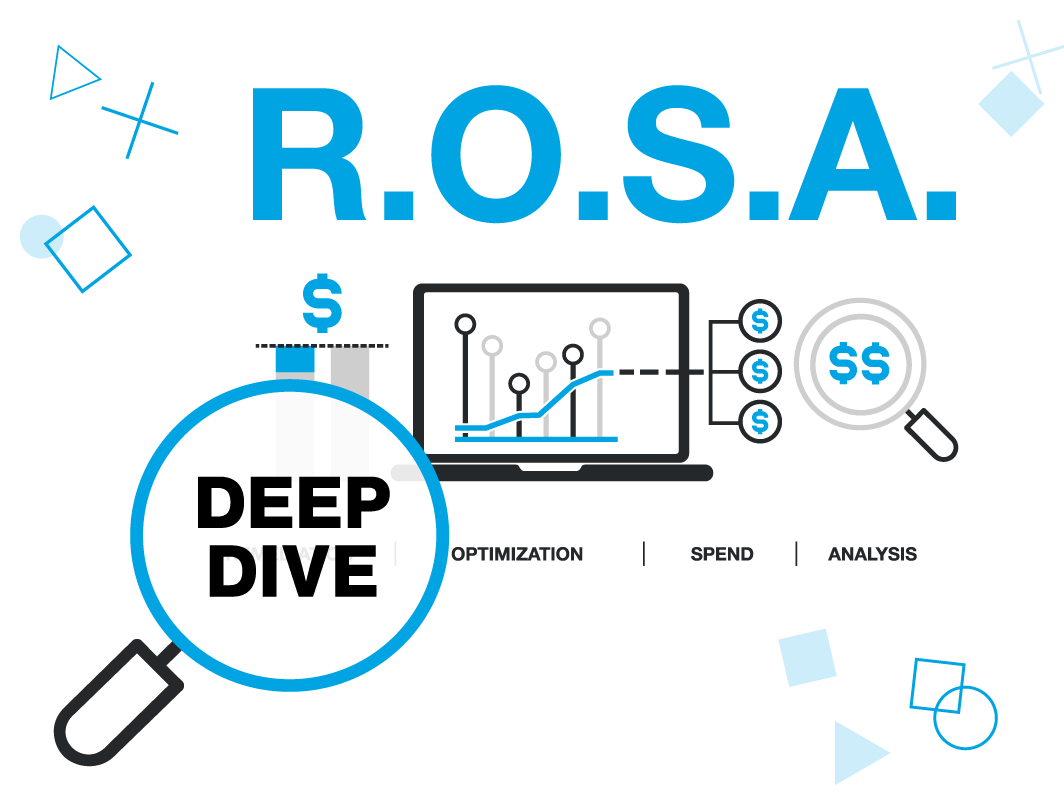
![]()
It was a momentous and watershed moment in the history of the Supreme Court of the United States when the opinion was announced on June 15, 2020 that Title VII of the Civil Rights Act of 1964 protects LGBT employees from sex-based discrimination. Each of the three cases combined for adjudication in Bostock v. Clayton County held a similar fact pattern: An employer fired a long-time employee shortly after the employee revealed that he or she is gay or transgender—and this decision, the plaintiffs claimed, was for no reason other than their LGBT status.
Title VII makes it “unlawful . . . for an employer to fail or refuse to hire or to discharge any individual, or otherwise to discriminate against any individual . . . because of such individual’s race, color, religion, sex, or national origin.” The critical question for the Court was whether the term “sex” includes being gay or transgender. When the Supreme Court weighs in on a major socio-political issue, it often does so when prompted by a “split” in decisions from the Circuit Courts of Appeals. These are the federal appellate courts just above the trial courts but beholden to the Supreme Court. In this case, the Eleventh Circuit held that Title VII’s prohibition on sex discrimination does not include discriminatory employment decisions made based on LGBTQ status. On the other hand, the Second Circuit and the Sixth Circuit held the opposite, namely, that it is illegal to discriminate against employees because they were gay or transgender. So, how did the Supreme Court resolve this split and reach its holding that Title VII protects LGBT employees?
Some may wonder how Justice Neil Gorsuch, arguably one of the most conservative jurists on the Supreme Court, wrote one of the most impactful LGBT rights cases ever. The key to understanding this decision is based on statutory interpretation–the methods judges use to parse the meaning of statutes. The decision in Bostock is based on a “textualist” approach to interpreting statutes. As lawyer Jonathan Skrmetti wrote for ScotusBlog, “Bostock’s textualism represents perhaps the apotheosis of judicial minimalism in statutory interpretation: Open the code, read the statute, rule. Absent linguistic ambiguity or evidence that the meaning of terms in the statute have changed over time, statutory interpretation is purely a matter of parsing the statute and analyzing its semantics and grammar. “ In other words, in reaching its monumental result, the Court determined that Title VII’s “because of…sex” language includes LGBTQ employees because is what the text requires. As Justice Gorsuch wrote: “An employer who fires an individual for being homosexual or transgender fires that person for traits or actions it would not have questioned in members of a different sex. Sex plays a necessary and undisguisable role in the decision, exactly what Title VII forbids.”
Prior to Bostock, LGBT employees could be fired for their sexual orientation or gender identity in approximately half of the states in the USA. Now, they are protected at work. Additionally, this decision may have an impact on issues beyond Title VII protections, such as housing, education, and health care. For example, the Equal Pay Act of 1963 prohibits “between employees on the basis of sex by paying wages to employees in such establishment at a rate less than the rate at which he pays wages to employees of the opposite sex in such establishment for equal work on jobs the performance of which requires equal skill, effort, and responsibility, and which are performed under similar working conditions…” Could LGBT employees begin bringing suits under the Equal Pay Act as well?
Employers should be proactive in light of this watershed decision, particularly with respect to compensation decisions. Any strategy to address the pay disparities must be multi-faceted and comprehensive. Nonetheless, employers have a critical tool available to them, including with respect to LGBT employees. When it comes to the workplace, experts from across the human capital, legal, and compensation industries recommend that businesses conduct a pay equity audit. A pay equity audit is an analytical tool that seeks to explain internal differences in pay across the workforce in terms of justifiable business factors, as well as identify the areas where pay differences are not defensible, such as pay decisions where LGBT status is a factor. It can also provide critical analytics to kickstart rehiring in compliance with state and federal equal pay laws.
Not sure how to get started? Let Trusaic provide your organization with a free Pay Gap Analysis , which can be conducted confidentially and under the attorney-client privilege.
Here is what you will get:
- 1-hour consultation to our pay equity team comprised of regulatory compliance experts and data scientists;
- Answers to your pay equity questions;
- A pay gap analysis of your workforce.



